How Bidets Are Gaining Popularity in the Eco-Friendly Movement
Posted by Brenton C on 16th Sep 2024
Eco-awakening has hit the mainstream, and people are waking up to the power they hold in chipping away at their ecological impact, one lifestyle tweak at a time. Sustainability is no longer just a buzzword - it's a way of life that's taking hold as people roll up their sleeves and tackle eco-unfriendly habits head-on, replacing them with healthier, greener alternatives that benefit both them and the planet. One product that’s quickly gaining popularity among those committed to living more sustainably is the bidet. To go green, you need to think outside the toilet paper roll. That's where bidets come in – slashing waste and conserving resources like water and wood pulp. The secret to more sustainable living might just be hiding in your bathroom – in the form of a bidet, that is. Let's unravel the benefits that make bidets an unlikely hero in the fight against waste.
Environmental Impact of Toilet Paper Production
Most people don’t think about the environmental cost of toilet paper, but the reality is that it takes a heavy toll on our planet.
Deforestation: The vast quantities of toilet paper we use daily are quietly but quickly destroying our forests. To supply the staggering global demand for toilet paper, tree after tree is sacrificed, leading to irreparable harm to the natural balance and loss of precious species. Each tree felled for toilet paper represents a loss to the environment that takes decades to replace.
Water and Energy Use: Producing a single roll of toilet paper requires vast amounts of water and energy. From growing the trees to processing the pulp, toilet paper manufacturing consumes enormous resources. In fact, it takes about 37 gallons of water to produce just one roll of toilet paper, not to mention the energy required to power the machinery.
Chemical Pollution: The toilet paper production process also involves bleaching the paper to make it white, which releases harmful chemicals like dioxins into the environment. You can't escape the negative impact of these chemicals – they infiltrate our water systems and lay waste to ecosystems, contributing to a cycle of pollution.
How Bidets Reduce Toilet Paper Waste
Lower Consumption: One of the most significant ways that bidets help the environment is by drastically reducing the need for toilet paper. On average, people who use bidets can cut their toilet paper usage by 75% or more. In some cases, bidet users may eliminate toilet paper entirely. This reduction in toilet paper consumption translates to fewer trees being cut down and less energy and water used in production.
Reduction in Packaging and Plastic Waste: Toilet paper doesn’t just come with the environmental cost of production—it also comes with packaging, often made of plastic, which contributes to the global waste problem. With a bidet on board, toilet paper consumption takes a nosedive, putting a dent in the staggering amount of plastic packaging that clutters our planet.
Less Strain on Sewage Systems: Toilet paper and wet wipes are notorious for clogging sewage systems and creating costly maintenance issues. The average toilet roll gets flushed way more often than necessary, but bidets can actually help alleviate this pressure on municipal wastewater systems. That's not all - this approach also reduces the likelihood of environmental disasters, like toxic spills, that can pollute our local waterways.
Water Use and Sustainability of Bidets
Water Efficiency: A common concern about bidets is that they use water, but in reality, bidets are incredibly water-efficient. While it may seem like using water to clean would increase water consumption, the amount used by a bidet is minimal compared to the water used in toilet paper production. A typical bidet uses about one pint of water per use, which is far less than the 37 gallons needed to produce a single roll of toilet paper. From a water-usage standpoint, bidets are the clear frontrunner - they just use less of it, period.
Energy Consumption of Electric Bidets: Some bidets, especially electric models with features like heated water or air dryers, do use energy. However, many modern bidets are designed to be energy-efficient. For example, some models feature instant heating systems that only warm water on demand, minimizing energy consumption. Additionally, the environmental savings from reduced toilet paper use often outweigh the relatively small amount of energy used by electric bidets, making them a sustainable choice in the long run.
The Role of Bidets in Sustainable Living
Eco-Conscious Home Upgrades: For those looking to make eco-friendly changes in their homes, installing a bidet is a smart choice. Adopting a bidet attachment or upgrading to a high-tech seat can slash your household's eco-footprint in a big way. Think about it: bidets wipe out the need for an astonishing amount of toilet paper. That's fewer trees cut down, less water wasted, and a significant dent in our collective environmental impact.
Cost Savings and Long-Term Benefits: While a bidet may have an upfront cost, the long-term savings are substantial. Without the need to continually purchase toilet paper, many bidet owners recoup their investment within a year or two. As the months go by, bidets quietly rack up financial and environmental wins, leaving you with a clearer conscience and a fatter wallet.
Supporting Zero-Waste Lifestyles: For those committed to living a zero-waste lifestyle, bidets are an essential tool. Jumping into the eco-friendly way, bidets simplify our daily routine by drastically reducing our reliance on single-use toilet paper, sending less waste to those overflowing landfills. With a growing number of people hopping on the zero-waste bandwagon, bidets have emerged as a top pick for curtailing waste in the bathroom.
Bidets in Global Environmental Movements
Growing Popularity in Green Households: As awareness of environmental issues grows, more households are adopting bidets as part of their sustainability efforts. Eco-conscious consumers are increasingly choosing bidets to reduce their reliance on disposable products and minimize their environmental footprint.
Countries Leading the Way: In countries like Japan and many parts of Europe, bidets have been a standard bathroom fixture for decades. Regions where hygiene and sustainability top the priority list often feature bidets as a staple in their bathrooms, demonstrating a firm stance against waste. As governments and consumers alike clamor for a greener future, bidets are suddenly turning heads worldwide.
Bidets as a Trend in Sustainable Design: Bidets are also becoming a key feature in sustainable home design. Green builders are jumping on the bidet bandwagon, recognizing that a slick toilet attachment can save big on water and sanitary products. As eco-friendly valores Rise to the forefront of modern design, the once-unfamiliar bidet is having a major moment, taking its rightful place as a stylish cornerstone of sustainable bathrooms.
Debunking Myths about Bidet Use and Sustainability
Myth: Bidets Waste Water: Contrary to popular belief, bidets use far less water than the amount required to produce toilet paper. The small amount of water used by a bidet per wash is negligible compared to the environmental impact of cutting down trees and processing paper products.
Myth busted: Lies exposed in this segment. Electric Bidets Cancel Out Environmental Benefits: While electric bidets do use some energy, many models are energy-efficient, and the overall reduction in toilet paper waste offsets the minimal energy use. In fact, the environmental benefits of bidets far outweigh the small amount of energy they consume.
Conclusion:
Say goodbye to excessive paper products and hello to a more sustainable bathroom routine – the bidet revolution is upon us, and it's about time! What's lurking in the corner of your bathroom could be secretly harming the planet. But introduce a bidet to the mix, and you'll reduce toilet paper waste, slash packaging crud, and take pressure off those hardworking sewage systems. Whether you’re looking to lower your environmental impact or save money in the long run, making the switch to a bidet is a smart, sustainable choice.

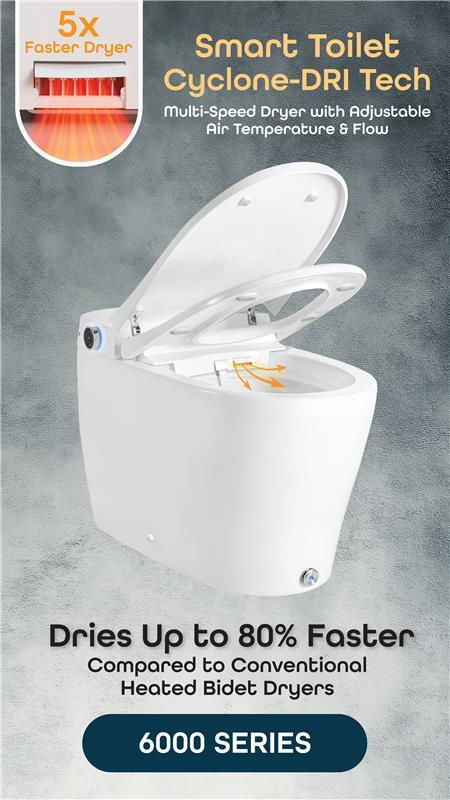
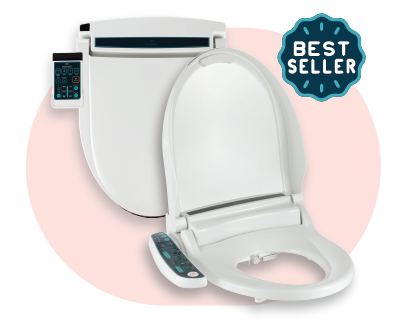


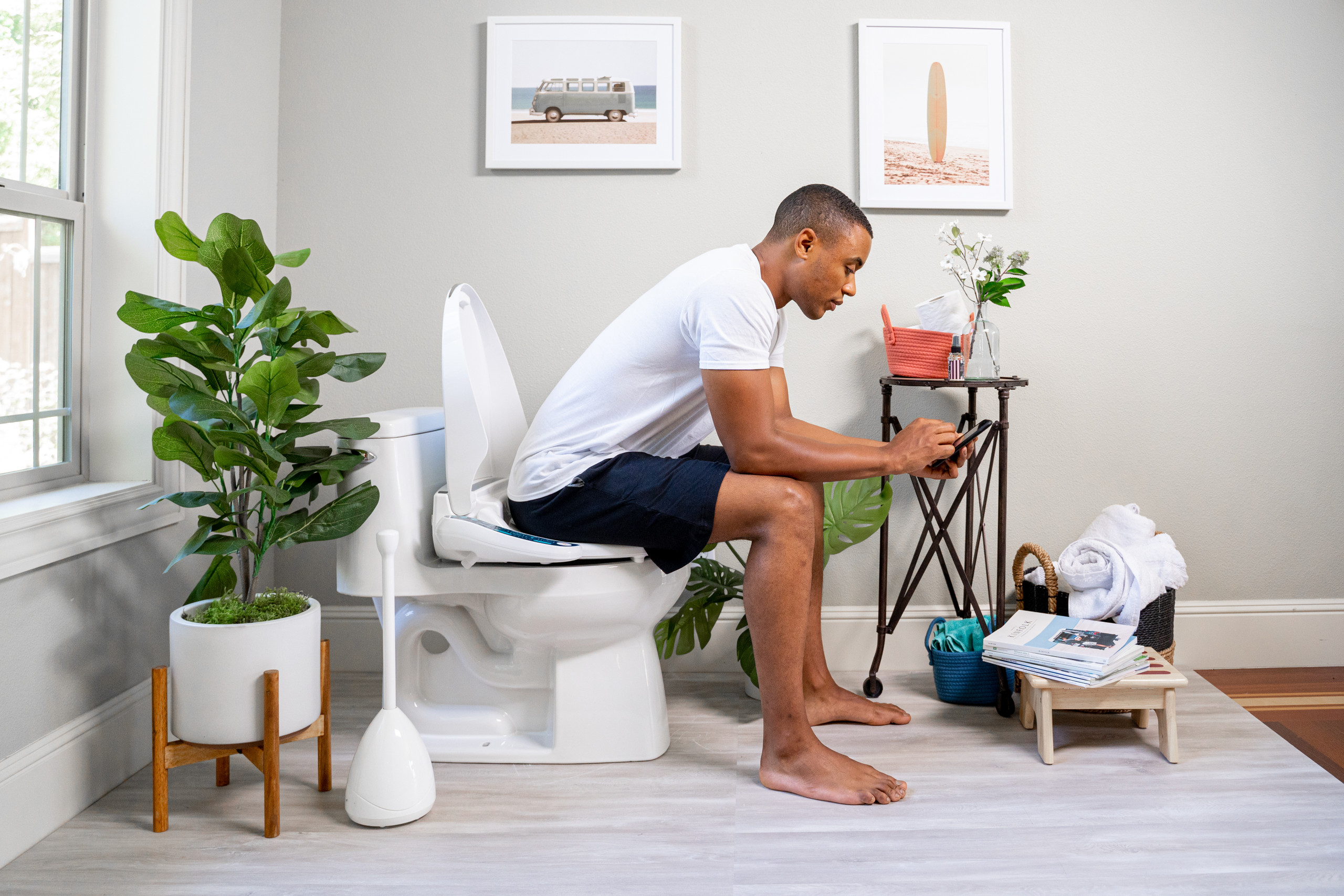



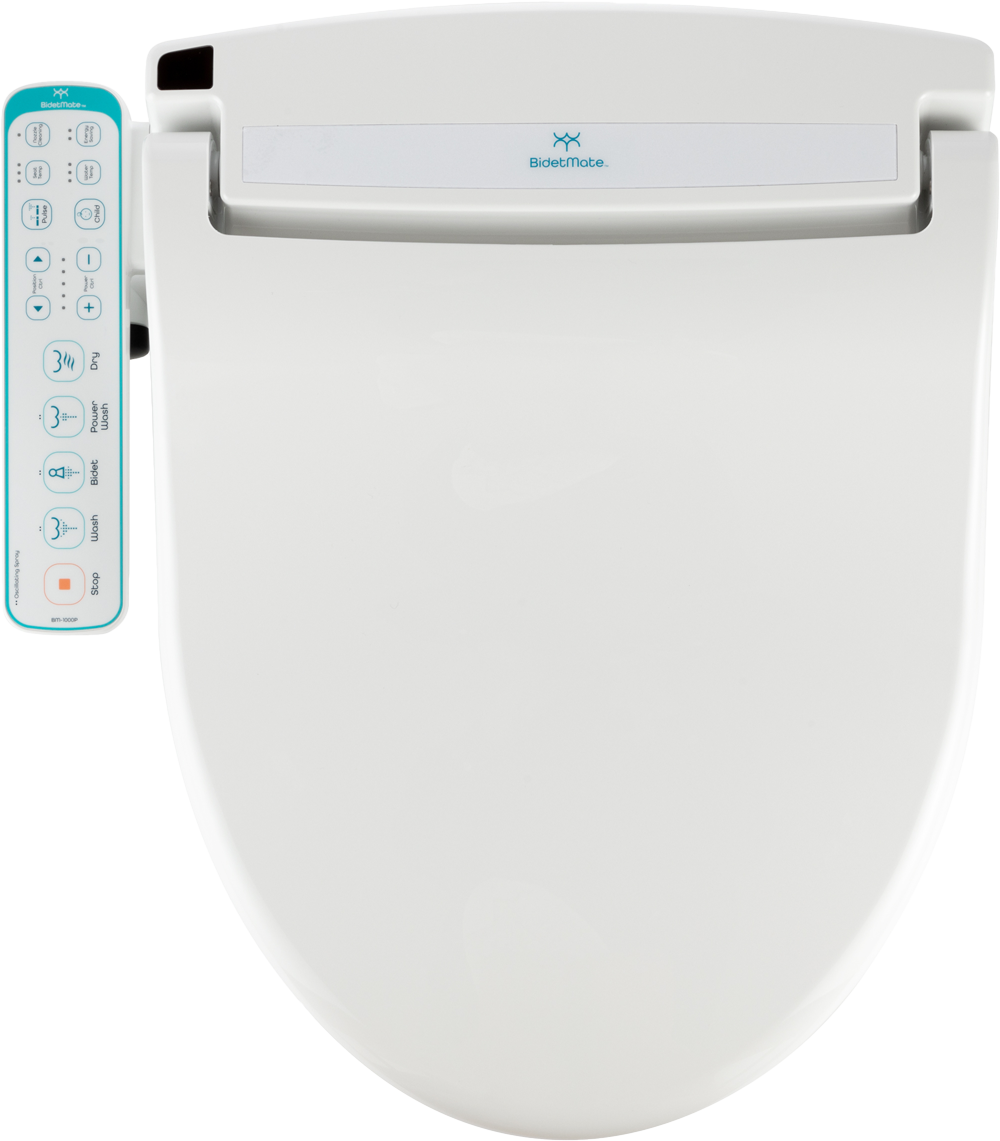
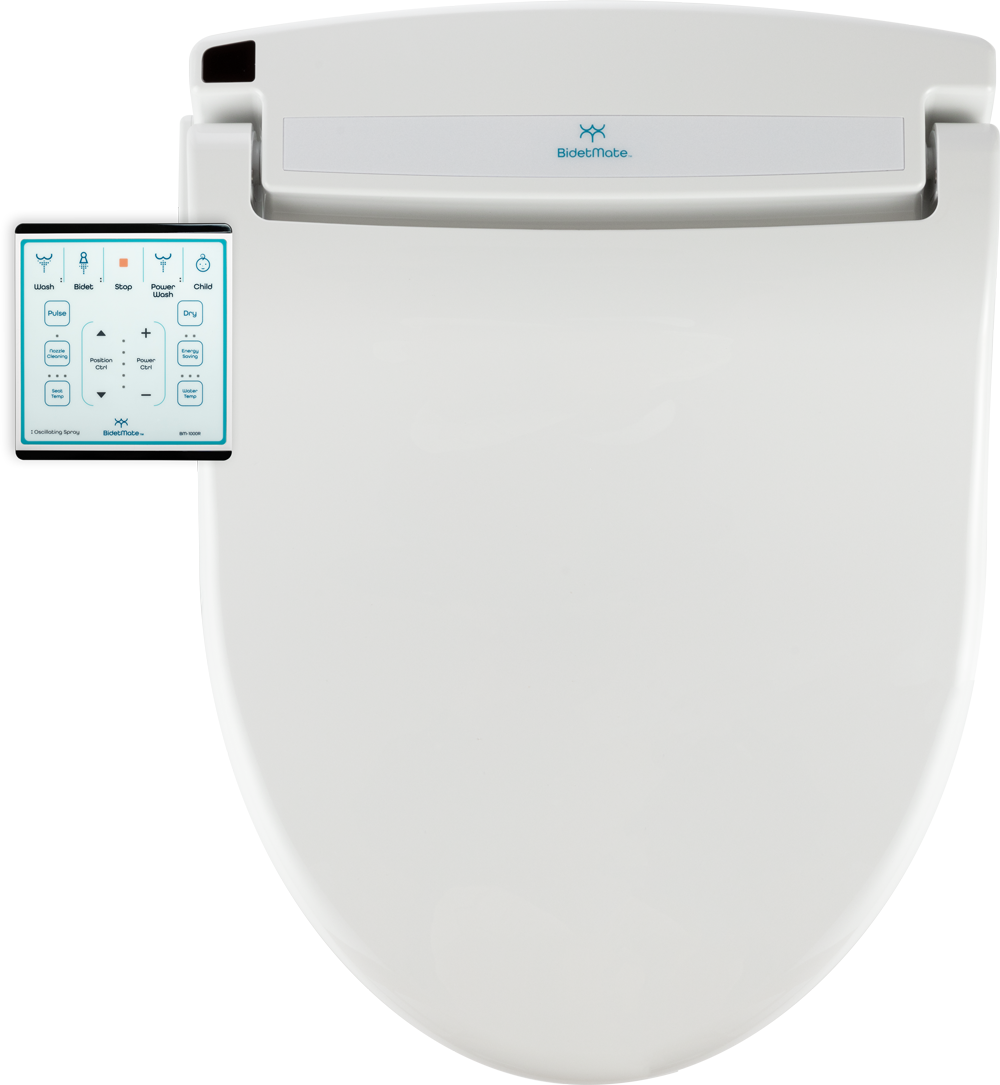


 END Shopper Approved - templates/layout/base.html
END Shopper Approved - templates/layout/base.html